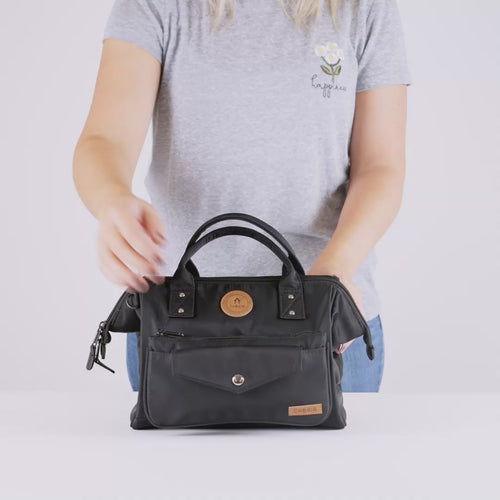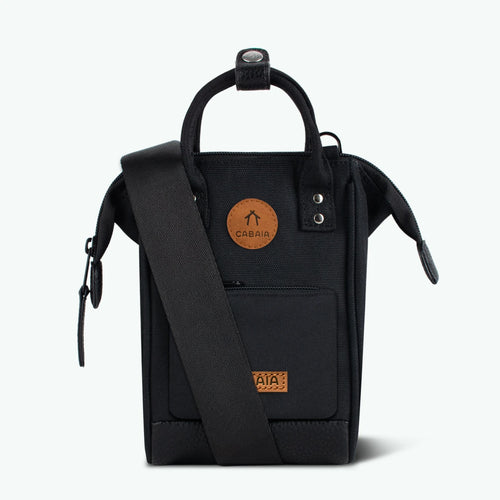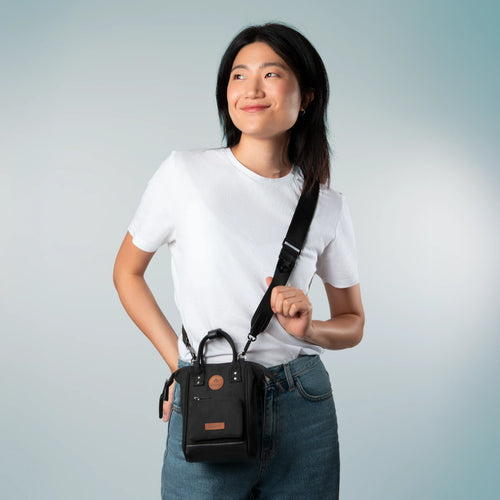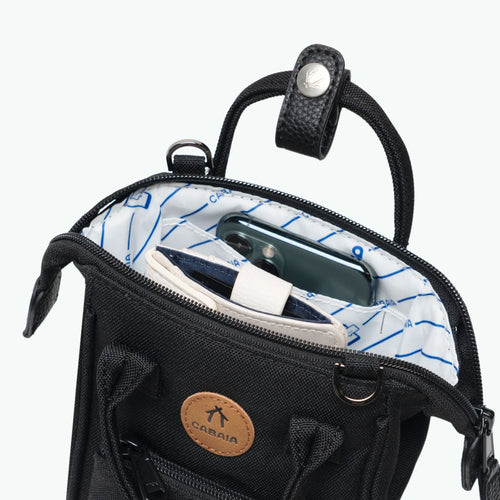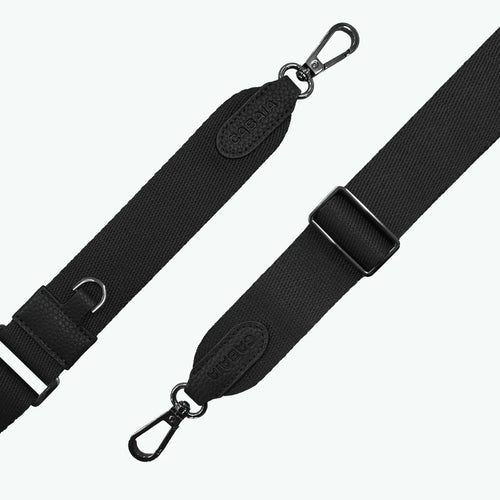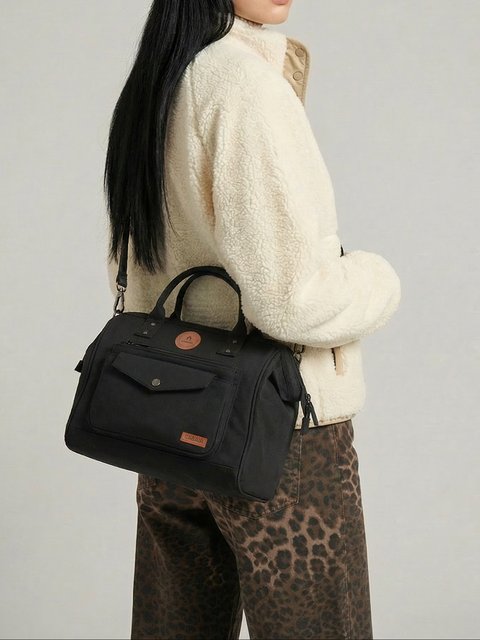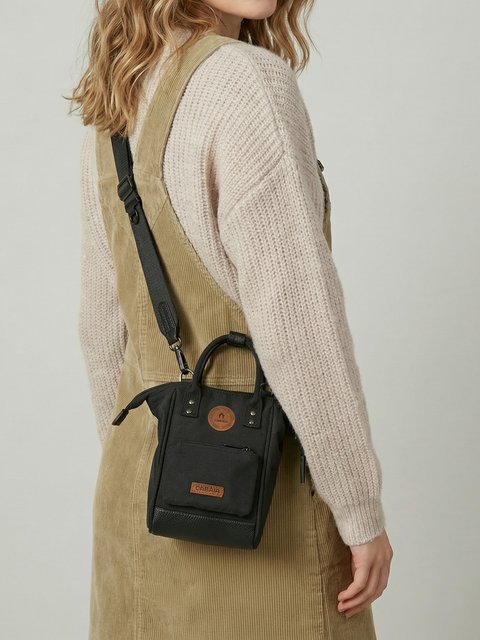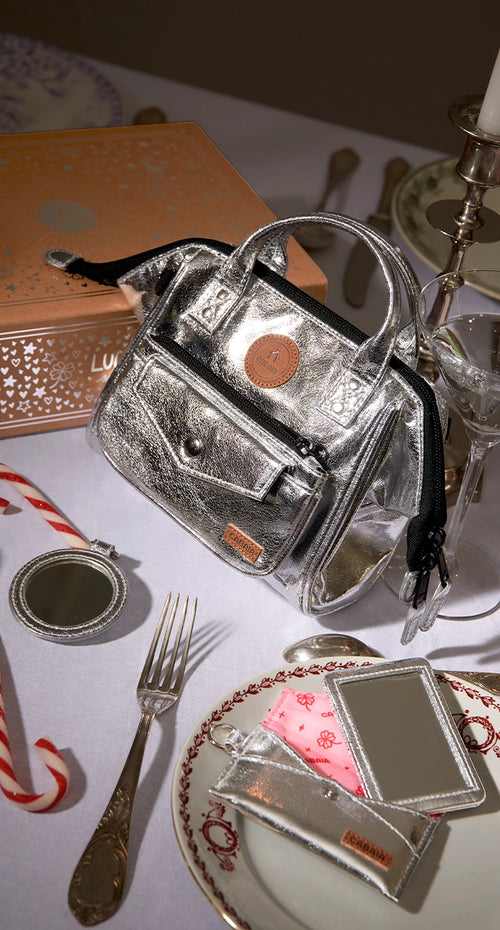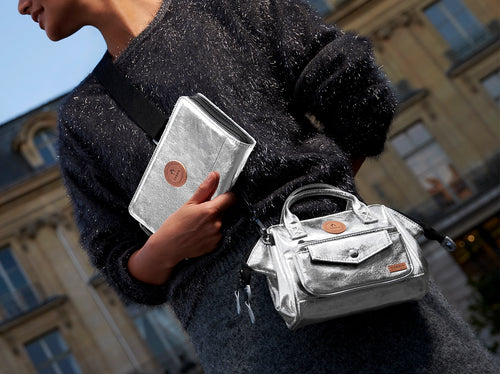What's the recipe for a Cabaia bag?
For this second day, we're getting to the heart of the matter! What are our backpacks made of? Marie-Alphée will answer you right here.
Plastic is fantastic... if we recycle it!
In France, between 1.9 and 4.5 million tons of plastic waste are discarded each year. However, the plastic waste recycling rate in France only reaches 26%.*
So at Cabaia, we thought we'd recover some of this plastic to add it to some of our backpacks. Oh really? How? We know several questions are burning on your lips, and we understand! Because we're nice (and passionate about the subject), here are all the answers.
*https://www.paprec.com/fr/ Figures vary according to studies, from 1.9 million tons according to the Ministry of Ecological and Solidarity Transition, to 4.5 million tons according to the WWF NGO.
Where does the plastic in our bags come from?
Sorry to disappoint you, it's not the result of a magical recipe. It comes from two sources: either household waste or industrial production waste from factories directly.
How is it made?
Plastics are first sorted and grouped into their respective categories, then they are shredded (brrrr). Next, they are regenerated to create homogeneous plastic flakes that we use to manufacture textiles, or even other products. This new material is GRS certified, a label guaranteeing that it comes from official recycling channels and is free of chemicals.
Why don't we have more recycled plastic in our bags?
We don't use more recycled plastic in our bags mainly for three reasons: limited availability of the different types of plastic used in recycled versions, and the technical and quality challenges associated with their characteristics. Currently, only the main material of our bags is recycled, as integrating recycled plastic into other components would not ensure a quality similar to what we have today.
How to find out the composition of a product?
It's as easy as pie. On the website, each product sheet reveals its manufacturing secrets. For example, here we see that the outer fabric of this bag is made of 100% recycled polyester.


